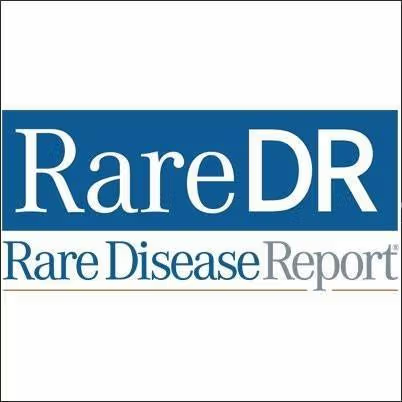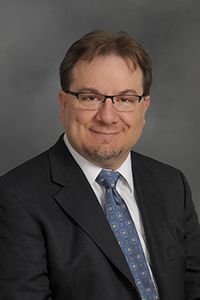Article
Let's Get Physical (Exams)
Author(s):
There has been a lot of attention recently given to a movement that emphasizes the importance of the physical examination in clinical medicine.
There has been a lot of attention recently given to a movement that emphasizes the importance of the physical examination in clinical medicine. After an article appeared in the New York Times and subsequent coverage on NPR, Dr. Abraham Verghese, professor for the Theory and Practice of Medicine, Stanford University Medical School, has received much of the focus of this attention. According to Dr. Verghese, the practice of medicine today is too dependent on resorting to tests and technology when the expert application of basic physical diagnostic techniques would have sufficed to produce an equally accurate diagnosis. In addition, the “laying on of hands” has powerful symbolic meaning within the therapeutic relationship.
Are neurologists guilty of foregoing a bedside examination and too readily ordering labs and imaging studies? Or is the opposite viewpoint more valid—that the limitations of our traditional examination should be recognized and we should incorporate the information obtained from imaging studies into a new algorithm of patient evaluation? I would argue that the latter viewpoint is more defensible and that Dr. Verghese’s conclusions reflect a romanticized, but ultimately outdated, method of the practice of medicine.
I certainly do not mean to argue that one should not perform a Neurological exam. Besides Dr. Verghese’s valid argument regarding the placebo effect, there are two distinct purposes of performing neuro exams: 1) for localization and therefore diagnostic purposes, and 2) regulation compliance to justify different levels of service for billing purposes. This post will only address the first of these goals: accurate diagnosis.
In fact, how accurate is a careful neurological exam? Throughout my career, I have been impressed with how many abnormalities are seen on a CT or MRI that are absolutely undetectable on a detailed bedside exam. I have certainly learned humility in concluding a patient has a hysterical disorder—particularly before the results of imaging studies are available. Perhaps readers could point me in the right direction, but I would be interested in seeing the results of a study comparing an exam with imaging results in regards to the sensitivity of lesion recognition. Multiple sclerosis studies use MR findings as an endpoint for determining the presence of new or active lesions, not depending on examination results (are new lesions seen really asymptomatic or just below the limits of being detected of our exam?). I am being only partially facetious when I tell my non-neurologist colleagues that they “should never let a great neurologist get in the way of obtaining a bad MRI scan.”
Generally, the results of an imaging study are accepted as being more valid/accurate than a neuro exam. Whether this reflects the sentiments of the above paragraph or is an indication of a reduction of how physicians used to be held in high esteem is unclear. The “patient centric” approach with “medical consumerism” has made the opinions of physicians more democratic with those of their patients. So, when we explain that an MRI of the brain would not be indicated in a patient with typical migraines who has a “normal exam,” there is still an expectation from the patient that a study be ordered “just in case.” We depend on patient satisfaction to maintain a successful practice and income, and so will, at times, justify ordering a study to alleviate a patient’s concerns.
Of course, medical liability concerns further exacerbate this tendency. Concerns regarding missed diagnoses, despite a normal exam, must account for a significant number of exams ordered. This does not necessarily represent inadequate training or insufficient confidence in our abilities, but rather is simply a reflection of the medico-legal climate so currently prevalent.
Time limitations may also influence the detail and extent of a neurological examination. More experienced neurologists will specifically tailor their examination to the relevant neurological tests. More experienced neurologists probably do this without even being aware of the complex thought processes involved. For such physicians, taking a history (which will be sufficient in arriving at the correct diagnosis about 80% of the time), watching the patient walk, performing a fundoscopic exam, perhaps a pronator drift maneuver, and then checking DTR’s is a screening exam that would only take a few minutes but would likely detect the vast majority of pathology. Spending the additional 10 to 15 minutes needed to perform a complete neuro exam may simply be too cost ineffective in order to detect the very few abnormalities not found in the more cursory exam.
Dr. Verghese and his colleagues at Stanford have formed a group of doctors that are physical examination proponents. This group has identified 25 bedside skills they believe should be in the arsenal of all Internists, dubbed the “Stanford 25.” Of these 25, 6 would be considered within the sphere of neurology: gait evaluation, deep tendon reflexes, fundoscopic skills, pupil evaluation, involuntary movement assessment, and internal capsule strokes (these last three do not yet have links to demonstrate the skills necessary for mastering the evaluation).





